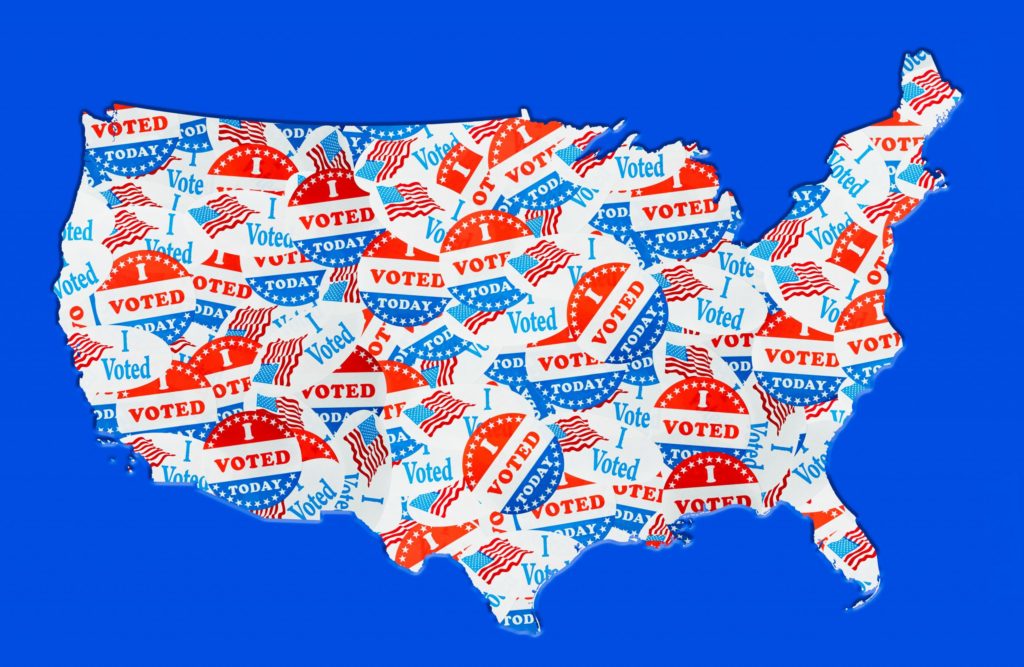Good intentions and bad incentives in New York’s housing market
It’s a sad state of affairs when all sides agree a policy is bad, but none can muster the will to do anything about it. That’s the situation in New York these days, where rather than moving to fix disastrous “rent stabilization” rules, state legislators instead argue over the best way to make them slightly less bad.
Rent control is a prime example of the problems with pricing regulation in almost every introduction to economics, including a chapter in Henry Hazlitt’s famous Economics in One Lesson. No matter how good the intentions, rent-control policies consistently have failed to help the poor access housing.
New York state legislators just passed a deal that extends rent regulations in New York City an additional five days so that deliberations can continue in Albany. The debate is actually not about rent “controls,” which apply only to properties built before 1947. Instead, the debate centers on the more than 1 million apartments in New York that are “stabilized.” Stabilized apartments do not allow a landlord to increase rent by more than 1 percent per year, or 2.75 percent in the case of two-year leases.
The state’s Democrats, who control the Assembly and the governorship, support strengthening the law to apply to more vacant spaces. Republicans, who control the Senate, want tenants’ incomes to be verified to make sure they deserve the protection. However, neither side argues for a move toward less strenuous regulation.
Here is a look at some of the proven effects that inevitably come with government control of rents:
Less rental housing: Capping the potential returns on rental housing means that properties which otherwise would be devoted to that purpose either don’t get built or are instead converted to other uses. In New York City, where available land is at a significant shortage, those uses often mean commercial real estate or else luxury high rises organized as condominiums or co-ops. A well-known study of Los Angeles rent controls by C.P. Rydell of the Rand Corp. found that “63 percent of the benefit to consumers of lowered rents was offset by a loss in available housing due to deterioration and other forms of disinvestment.”
Less quality: If a landlord knows his or her tenant is unlikely to move from a rent-controlled apartment, he or she has less incentive to provide quality service. Your toilet is broken? It may take five days to be repaired, not one. Also, landlords start charging more for other services, like parking, laundry and utilities, to make up for lost revenue. A 1990 poll of the American Economic Association found that 93 percent of economists agreed that “a ceiling on rents reduces the quality and quantity of housing.” A 2012 study found similar results.
More inequality: People living in rent-controlled spaces do not have to bid against others who could pay more for their space, and hence landlords have no incentive to change tenants. Tenants who no longer actually need the location or size of a rent-stabilized apartment do not move elsewhere, because limited supply drives up prices. The status quo is maintained and those climbing from the bottom of the economic ladder will lack access to the opportunities they deserve.
More government spending: Millions of dollars have been spent in New York determining the “right” price for housing and enforcing those prices. The New York State Division of Homes and Community Renewal will receive $710 million in FY2015, a $130 million raise from $580 million last year. Of the division’s 683 employees, 360 work in the Office of Rental Administration. Wouldn’t this money be better spent giving vouchers to the poor to buy housing on a free market?
Black markets: To pretend that everyone follows all the rules spells ignorance. People like the character of Maria in Tom Wolfe’s famous Bonfire of the Vanities undoubtedly pay more than the rent-controlled price. Often, this happens when tenants sublease their apartment without telling the landlord. This only occurs because people are not able to pay the market price. Again, the effect is to discriminate against those emerging from poverty who have not built the trust required to orchestrate these kinds of black market transactions.
The central argument for rent controls is that, when there is a housing shortage, new housing can’t be built quickly. Legislation therefore is needed to make sure current owners do not take advantage of tenants. Economists label this as a case of “low elasticity of supply” and point to times after wars, natural disasters or fast migrations as examples of when these sorts of restrictions may make sense.
However, New York’s rent controls are not designed to fix a short-lived housing shortage. Rather, they have been in place since the end of the Second World War, 60 years ago! The result has been less housing, less quality, more inequality, more government spending and black markets.
A popular policy response to the economist’s critique is to remove rent controls on luxury apartments, but keep them in place on less expensive ones in order to “protect the poor.” Rent regulations in New York follow this logic and only stabilize apartments with rates less than $2,500/month. However, as Hazlitt noted years ago, this creates incentives for owners of expensive apartments to increase the quality of the properties they own, use additional revenues to build more luxury apartments and discriminate against those who need housing the most. What is popular is not always best.









